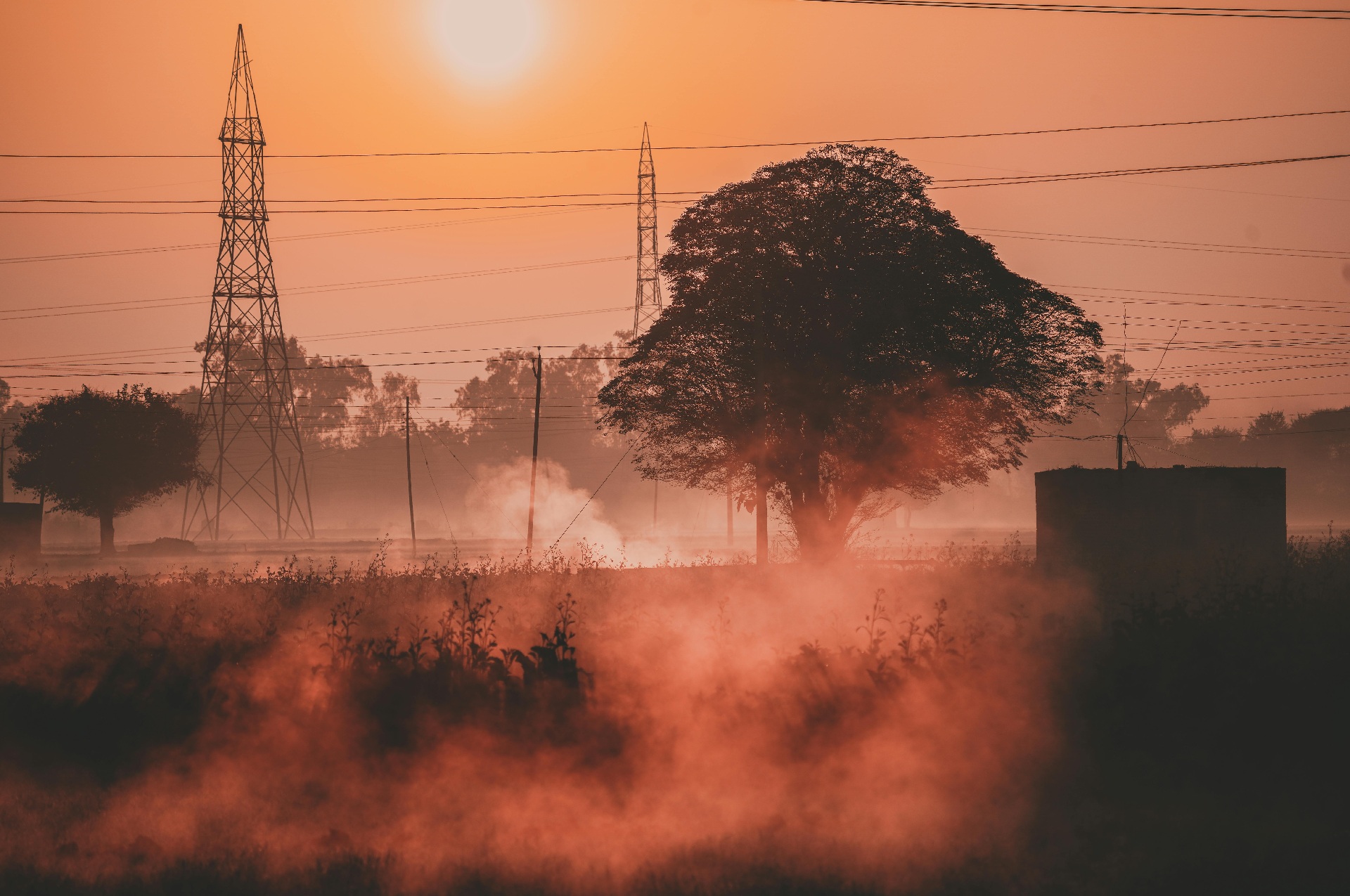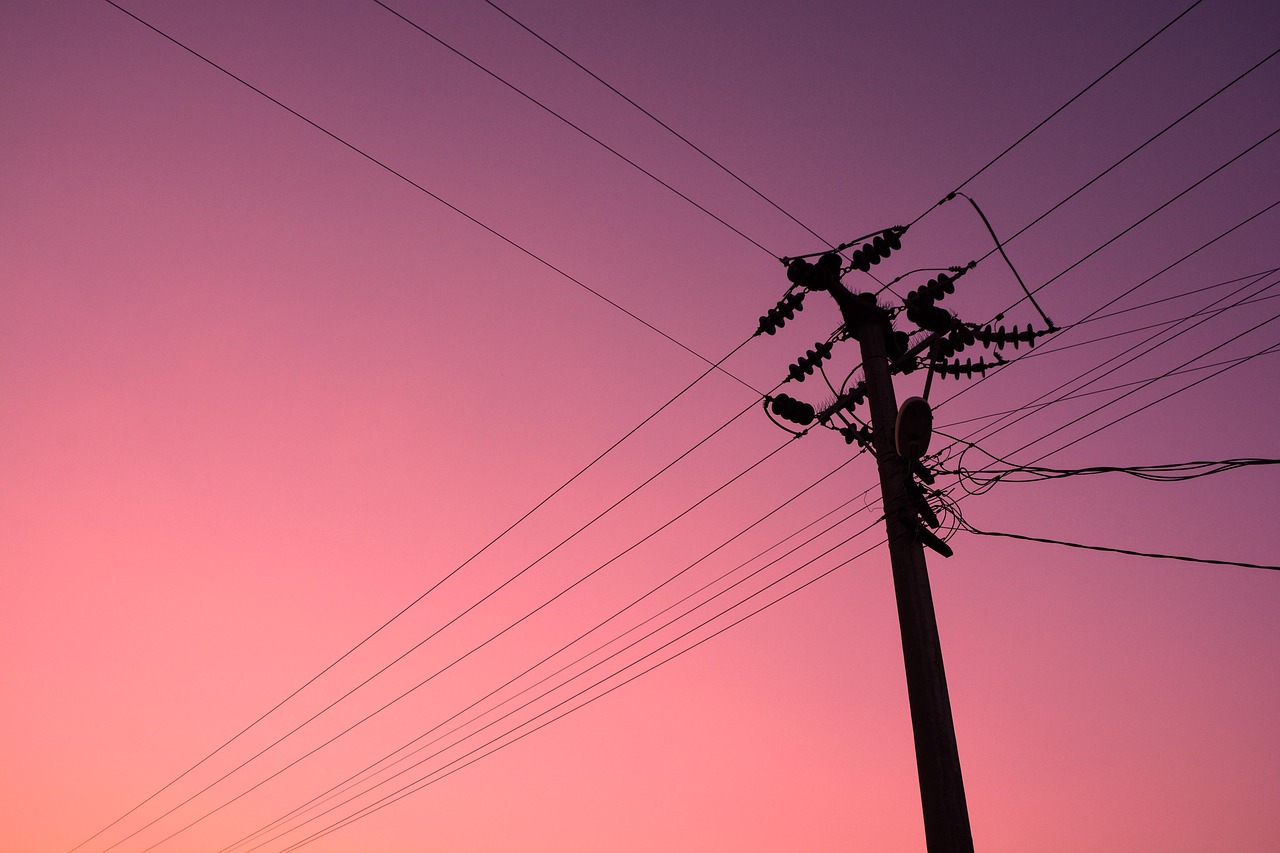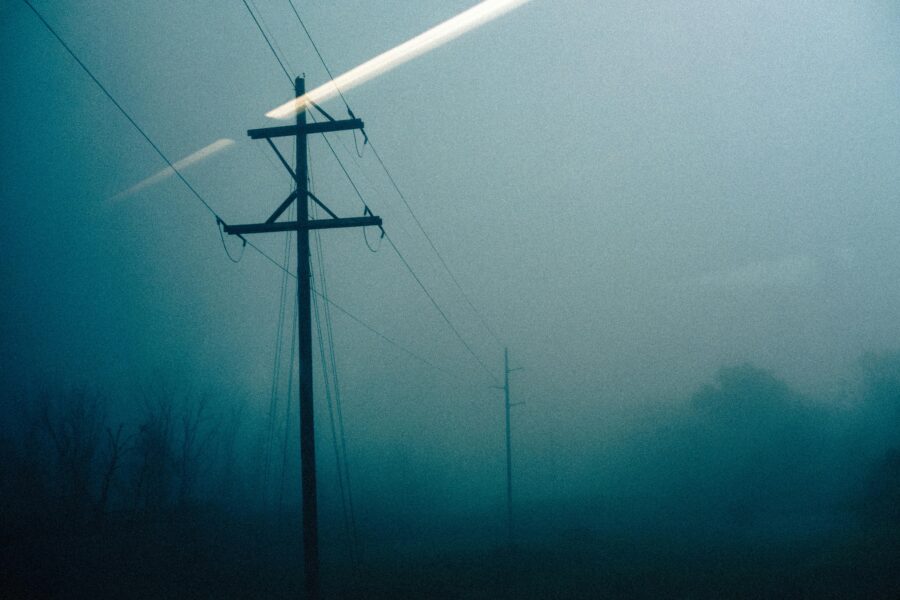Article
3 Keys to Averting Tomorrow’s Black Swan Natural Catastrophe

“Forecasts show the weather. Climatology shows the why behind the risk.”
Why Electric Utilities Must Move Beyond Forecasts to Climatological Foresight
Electric utilities today face a growing and unpredictable threat: the Black Swan event — a rare but devastating natural catastrophe that can cripple infrastructure and disrupt entire communities. As wildfires and extreme weather events become more frequent and intense, relying solely on traditional weather forecasts is no longer enough.
In a recent Utility Dive piece, Steve Vanderburg, Technosylva’s Vice President for Weather & Risk Solutions, explored how electric utilities can better anticipate and mitigate these high-impact events. Drawing from his experience across government and electric utility roles, he emphasizes the critical need for electric utilities to incorporate climatology, the study of long-term weather patterns, into their risk management strategies.
Here are 3 key takeaways for electric utilities aiming to future-proof their grid
- Forecasts show the weather. Climatology shows the why behind the risk
Traditional weather forecasting tells you what’s coming. But without the context of historical weather extremes, it’s hard to know whether an event is routine or unprecedented. Understanding that a wind event, for example, is in the 99.5th percentile of past data can change the entire response strategy. - Climatology reveals anomalies — and that’s where Black Swans hide.
Wildfires in regions with little prior history, like Oregon’s 2020 Labor Day fires, show how fast the risk landscape can shift. Localized climatological modeling can identify those rare but high-impact scenarios before they happen. - Local fire weather behavior is key to smarter decisions.
A 40 mph gust isn’t the same everywhere. Trees in wind-sheltered zones respond differently than those accustomed to strong gusts. Understanding these localized dynamics helps set better thresholds for action and improve operational resilience.
By understanding the historical climatological context of their service areas, electric utilities can better identify anomalies in current weather patterns and shift from reactive responses to proactive risk mitigation. That means greater accuracy, earlier warnings and a stronger, resilient grid.
Read his full article in Utility Dive to learn how electric utilities are leveraging climatology, ignition modeling, wildfire spread predictions, and impact analysis to forecast risk days in advance. See how leading electric utilities are applying these tools like weather forecasts, ignition models, on-demand wildfire spread predictions, in practice to forecast & monitor wildfire risks before disaster strikes.


